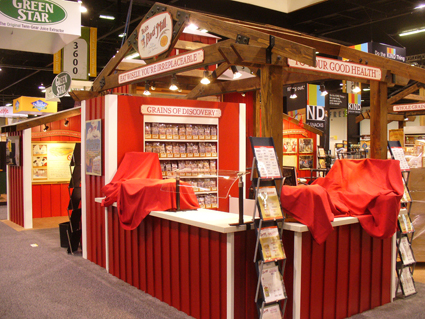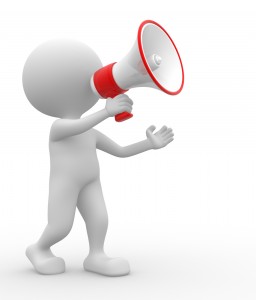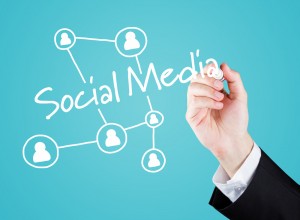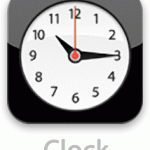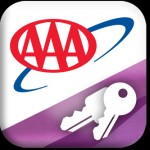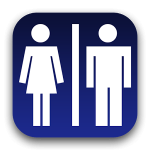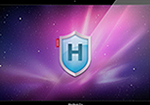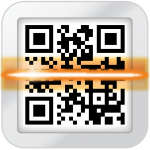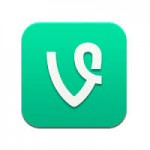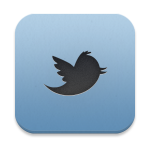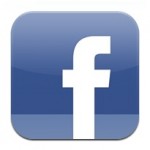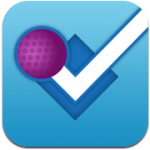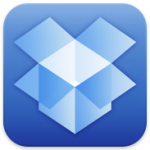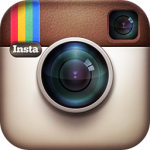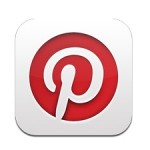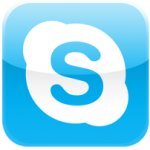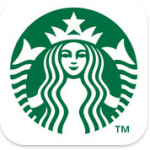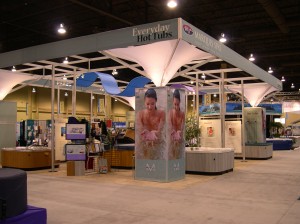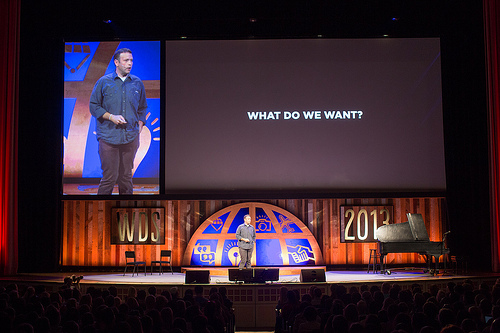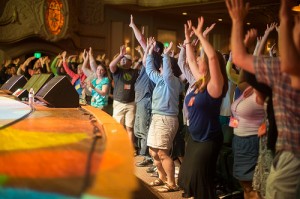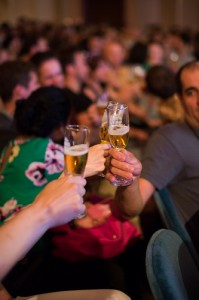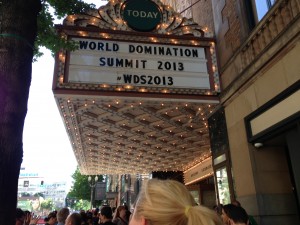8 Great Ways to Use an iPad Kiosk at Your Tradeshow Booth
iPads and tablets are pretty cool. The concept of having a hand-held tablet with amazing computer power has apparently taken over the world (thanks, Apple!) and launched a dizzying array of imitators and competitors. In spite of the competition, the iPad remains the most popular tablet, especially among tradeshow exhibitors.
In fact, several companies are now vying for your business by designing and creating iPad stands or kiosks which present the iPad to your visitors so they can interact.
But exactly what all can you do with that iPad in a kiosk?
And why would you want one?
If you have a problem getting information to people in a timely way at a tradeshow, an iPad stand might be the answer. If you have a need to engage people in an entertaining way, an iPad kiosk might be the solution. If you have a goal in mind that fits with one of the following ideas, an iPad kiosk may be the ticket!
While this is certainly not intended to be the complete list, use it as a thought-starter. Perhaps you can come up with other ideas on how that iPad kiosk can be used.
Product Demos: a visitor stops and with a few touches, is seeing how others use your product and how they might envision how it would work for them.
Photograph album: people love photographs, right? Of course: just look at the success of photo-sharing apps and sites such as Flickr or Instagram. With beautiful photos, you can show how other customers use your product or engage in your service. Depending on what your product is, those photographs can show details they might otherwise see, or the inside story of how it’s made. Lots of possibilities here.
Sign up for newsletters: want to capture a visitor’s email or other contact information? Set up a sign-up sheet for your regular newsletter (you do have a newsletter, don’t you?).
Send information without having to print something: face it, a tradeshow can be burdensome if you’re collecting sell sheets or printed product information. But you can encourage people to sign up for free PDF’s that can be sent via email, thus avoiding having to carry home a piece of paper. Eco-friendly – and it ends up in their email inbox instead of the round file.
Games: does your product or service lend itself to a short interactive game? You might consider having an app designer put something together that lets visitors learn about your stuff in a fun and engaging way by creating a game around it.
Product design: many items, such as clothing or house paint, lend themselves to an interactive experience where the user can compare one color with another to see how they like it.
Survey: want to do some market research? Setting up a short survey on an iPad kiosk allows folks to chime in on those questions which keep you up at night. You can keep it anonymous, or offer a small prize in exchange for their name and email address.
Quiz: perhaps your product can be positioned in such a way that a brief quiz is engaging. Come up with a handful of multiple choice questions or trivia questions to engage people.
These are just a few of the ways in which an iPad kiosk might help to engage visitors at your booth. Can you come up with anymore?
In the meantime, here’s a quick video from our iPad Kiosk supplier, Classic Exhibits, that shows how you might set up your own iPad kiosk. Remember, if this can solve a problem or satisfy a need if will be a worthy investment.
Check out the pricing at our Exhibit Design Search right now on iPad and Surface kiosks.

